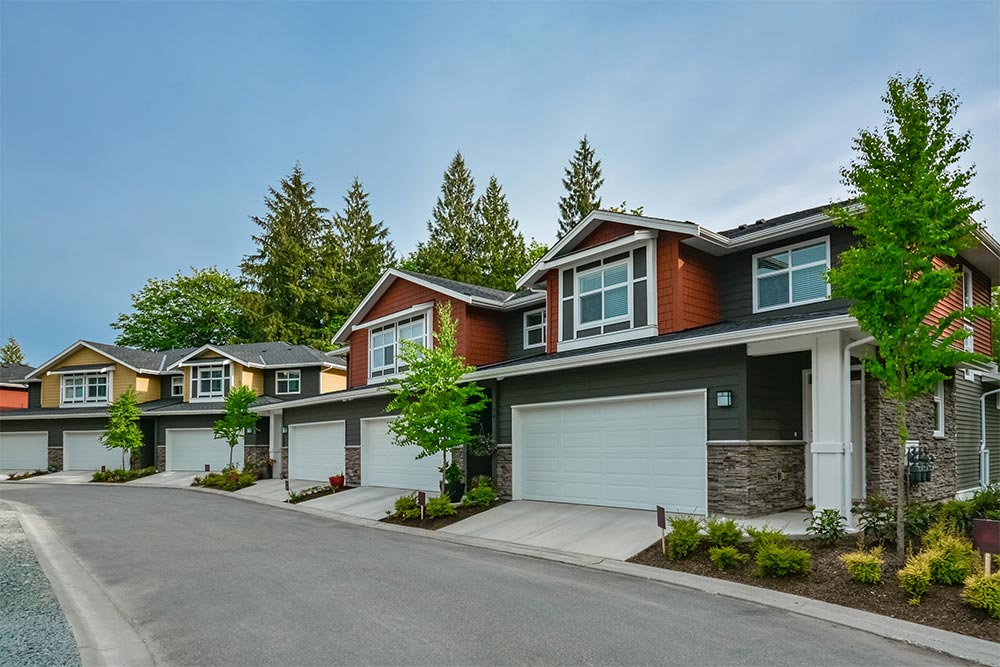Housing Supply Solutions
LEGISLATION
SB 180/AB 194
This bill makes modifications to three housing programs administered by the Wisconsin Housing and Economic Development Authority: the Infrastructure Access Program the Restore Main Street Program; and the Vacancy-to-Vitality Program.
Putting Historic $525 Million Housing Inventory Investment to Work
Governor Tony Evers signed into law five historic bipartisan bills that will increase workforce and senior housing inventory in Wisconsin. Additionally, the legislature approved, and the governor signed a budget that funds more than half a billion dollars for loan programs that will help strengthen Wisconsin’s housing inventory.

SB 180/AB 194:
- Allows stacking: One of the biggest challenges to development is securing financing, which would be easier through the combination of infrastructure loans in tax increment districts (TIDs), historic tax credits or other financing incentives.
- Expands rural development:Allows the commercial conversion loan to be used for four or more dwelling units in populations of 10,000 or less.
- Increases loan awards: The loans more accurately reflect amounts that provide a greater incentive to developers to use the programs.
With statewide housing inventory levels remaining at historic lows and median home prices continuing to rise, Wisconsin has a major workforce and senior housing shortage and action has been taken, but further action is required.
Wisconsin employers are having difficulty recruiting workers to fill thousands of job openings due to a historic shortage of affordable housing options for workers.
In 2023, Wisconsin created a path to increase workforce and senior housing statewide. In 2025, SB 180 works to strengthen these paths and increase the opportunity to address Wisconsin’s housing inventory shortage.
By-right Approval and Development Certainty
2023 Wisconsin Act 16 provides certainty and predictability in the development approval process, by requiring local governments to approve housing developments if they comply with local regulations. Additionally, the law streamlines the rezoning process and limits the ability of existing residents to oppose the development of new housing after a project has been approved. Expediting the development approval process and eliminating unnecessary delays, reduces costs for developers, thus increasing housing affordability.
2023 Wisconsin Act 16 addresses the workforce housing shortage by creating certainty and predictability by limiting the ability of existing residents to delay or stop the approval of proposed housing developments.
Single-family Home Permits 2004
Single-family home permits in 2021
Financing Tools
To create more workforce and senior housing, new financing tools are necessary to fund infrastructure investments for development, the rehabilitation and repair of older housing stock, and converting units above main street and vacant commercial buildings into available workforce housing.
New financing tools will help increase the supply of workforce housing to help Wisconsin employers compete in the global marketplace, which will benefit our state and local economies. Allowing for the repair and rehabilitation of unlikely or rundown properties into residential housing units, creates communities where the workforce can be within walking distance or near transportation, allowing the workforce to live where they work.
Laws passed and funded in 2023 are aimed at increasing the supply of workforce and senior housing:
- 2023 Wisconsin Act 14 – Residential development infrastructure loan program – created a loan program at the state level to fund infrastructure (street, water, sewer, sidewalks, etc.) for residential developments. ($275 million in funding)
- 2023 Wisconsin Act 15 – Main street residential housing rehab loan program – provides a loan program for the repair and rehabilitation of residential rental housing above an existing building with a commercial use on the main floor. ($100 million in funding)
- 2023 Wisconsin Act 17 – Rehabilitation and repair of older housing stock –
established a new grant program to help homeowners repair or rehabilitate homes more than 40 years old in Wisconsin. ($50 million in funding) - 2023 Wisconsin Act 18 – Vacant commercial to housing conversion loan program – provides a new financing tool with a loan program to assist in the development of vacant commercial buildings for new residential workforce housing. ($100 million in funding)
